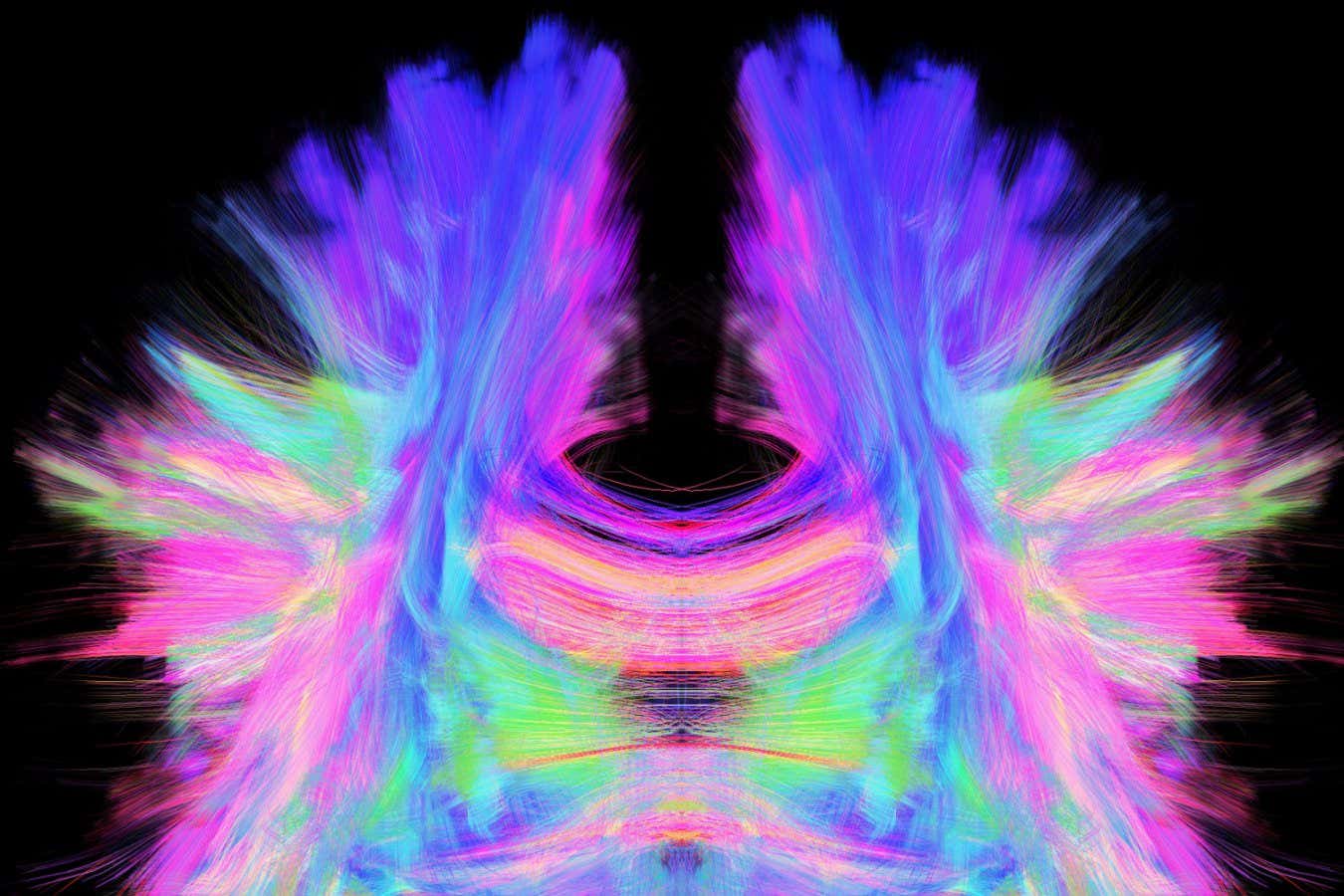A tech giant is eyeing D.C. for a new office.



In the tech industry’s first telling, the post-smartphone world is a simple question of what and when: glasses? Watches? Pins? Armbands? Implants? It’s portrayed as a simple matter of progress — in consumer technology, things must be replaced by newer and better things — but also as a reaction to the burdens and distractions of the previous great gadget, from which new gadgets will set us free.
A survey of the post-phone landscape as it exists, though, reveals a complication in this consumerist liberation story. Someday, a new gadget may usher us into the post-smartphone world; in the meantime, the industry will have us trying everything else at once: on our faces, in our ears, around our necks, and on our appendages. Our phones — and the always-on, data-and-attention-hungry logic they represent — aren’t being replaced. They’re being extended.

Researchers in the United Kingdom say they have successfully trialed what could become the world’s first gene therapy for Huntington’s disease – a fatal neurodegenerative disorder that is typically inherited.
While the results of the clinical trial are not yet formally published or peer reviewed, principal investigator and neuroscientist Ed Wild from University College London says the gene therapy, called AMT-130, “changes everything.”
The highest dose can apparently slow disease progression by as much as 75 percent over three years. It also led to a significant reduction in a biomarker of neurodegeneration, found in cerebrospinal fluid, which usually increases with disease progression.

The Yale labs of Craig Roy and Jun Liu have harnessed the power of cryo-EM to solve a 30-year mystery of how the Legionella bacteria works. The findings represent the next steps in the search for new therapeutic drugs to tackle the severe form of pneumonia.
Early in his postdoc studies, Roy wanted to understand why a single protein was essential for the bacteria Legionella to cause disease.
Fast forward more than 30 years, and now alongside collaborative partner Jun Liu, the Yale professors are using next-generation research technology to reveal a level of 3D precision they could only have dreamed of.
But will it be better than the mods?



How a brain’s anatomical structure relates to its function is one of the most important questions in neuroscience. It explores how physical components, such as neurons and their connections, give rise to complex behaviors and thoughts. A recent study of the brain of the tiny worm C. elegans provides a surprising answer: Structure alone doesn’t explain how the brain works.
C. elegans is often used in neuroscience research because, unlike the incredibly complex human brain, which has billions of connections, the worm has a very simple nervous system with only 302 neurons. A complete, detailed map of every single one of its connections, or brain wiring diagram (connectome), was mapped several years ago, making it ideal for study.
In this research, scientists compared the worm’s physical wiring in the brain to its signaling network, how the signals travel from one neuron to another. First, they used an electron microscope to get a detailed map of the physical connections between its nerve cells. Then, they activated individual neurons with light to create a signaling network and used a technique called calcium imaging to observe which other neurons responded to this stimulation. Finally, they used computer programs to compare the physical wiring map and the signal flow map, identifying any differences and areas of overlap.

You’re in a bustling café with a friend. The din is making it hard to tune in to the conversation. The scenario might suggest you’d benefit from a hearing aid. On the other hand, new research suggests that speech-perception difficulty might relate to your cognitive ability.
In a study of three groups—individuals with autism, fetal alcohol syndrome and a “neurotypical” control group—researchers found that cognitive ability was significantly associated with how well the participants, all with typical hearing, processed speech in noisy environments.
“The relationship between cognitive ability and speech-perception performance transcended diagnostic categories. That finding was consistent across all three groups,” said the study’s lead investigator, Bonnie Lau. She is a research assistant professor in otolaryngology–head and neck surgery at the University of Washington School of Medicine and directs lab studies of auditory brain development.